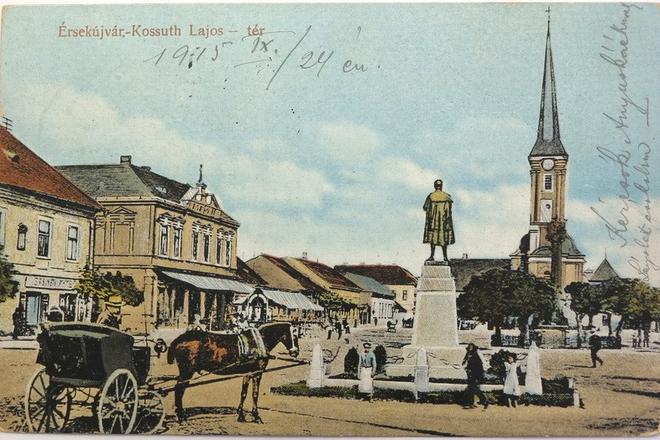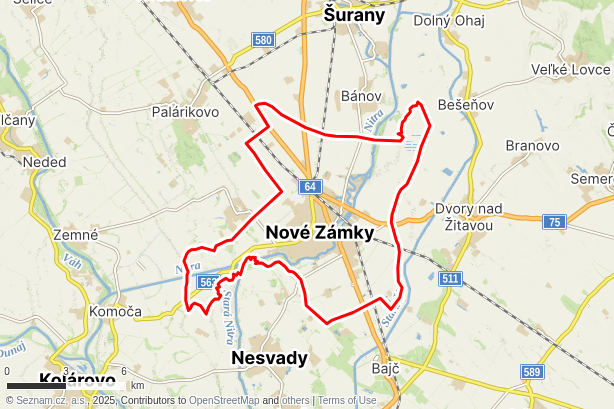The southern Slovak town of Nové Zámky (“New Castles”) takes its plural name from the fact that two fortresses once stood there: an old one and a new one.
The original stronghold, built in 1545, served as a defence against the Turks. The town later resolved to construct a larger and stronger fortress, with work on the new castle beginning in 1573.
This latter fortress was regarded as a valuable strategic defence point for Vienna, and careful attention was paid to its design. Built in what was then considered the ideal form, its ground plan resembled a polygonal star with an external perimeter of three kilometres.
Czech aristocrats also contributed to its construction — evidence of the trust that Central Europeans placed in the town’s defensive capabilities.
On 24 September 1663, the town fell once more after being left to withstand a massive Turkish raid of some 50,000 men, but it was retaken by locals in 1685. The return of the stronghold to the emperor’s hands was celebrated across Europe; even the pope marked the occasion with a ceremonial mass.
In 1725, however, Emperor Charles III ordered the fortress at Nové Zámky to be demolished. The only part of the fortress that survives today are the remains of the Forgách Bastion.


